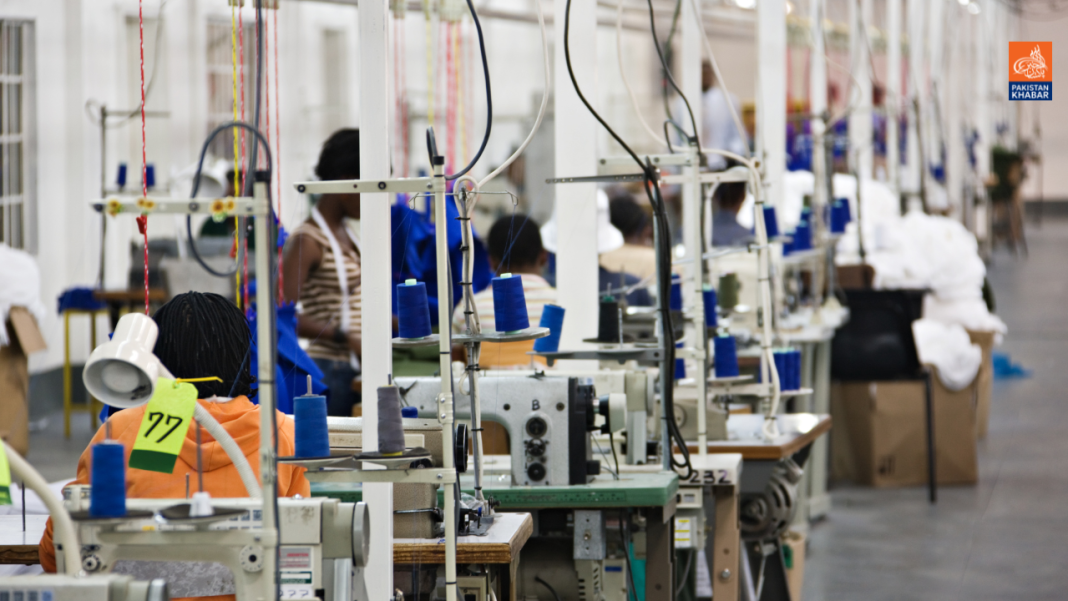Kausar Bibi, who works as a machine operator at a garments factory, supports her family but faces challenges due to low wages and limited capacity-building opportunities compared to her male counterparts.
Her role involves stitching various garment products using advanced techniques to avoid errors. “We have to work under tight deadlines to meet orders, often requiring extra hours to ensure consignments are shipped on time,” she told WealthPK.
However, she expressed concern that women’s salaries are not on par with those of men. “This discrimination is affecting women workers who are doing everything they can to complete consignments on time,” she said.
Kausar highlighted gender inequality as a significant barrier in the textile sector, noting that while women are eager to learn new skills, factory owners tend to prioritize training programs for male workers.
“If women are contributing equally to the industry, why isn’t this recognized by the owners? Women’s voices and rights are being suppressed, and male workers often pressure them to fight for their rights,” she added.
On the other hand, Sadaqat Ali, a textile exporter, praised the dedication and hard work of women workers, acknowledging their role in advancing the textile sector and boosting the national economy.
“They often step up to meet foreign orders, even during leaves or when there is a shortage of male staff,” he noted. Sadaqat emphasized that delayed shipments can lead to reputational and financial losses, but women workers focus on their responsibilities instead of striking over minor issues.
“Sensing the active participation of women, we need to introduce special incentives and training programs for them to help them tackle emerging challenges in the fashion industry,” Sadaqat suggested.
Dr. Muhammad Ashraf, a university professor, emphasized that the textile sector is a cornerstone of the national economy, and the role of women in this sector is undeniable. He noted that while women excel in labor-intensive roles and balance family responsibilities, they are rarely offered top-tier managerial positions.
He pointed out that rising costs of commodities and utility bills are driving more women to join the textile sector, yet they face unfavorable working conditions. Women workers endure challenges such as low wages, long hours, and harassment, but they persist, often without the protection of a workers’ union.
Ashraf urged the formation of unions to protect women’s rights and shield them from exploitation, noting that many women remain silent about harassment out of fear of losing their jobs.
Looking ahead, Sadaqat predicted that more jobs for women will emerge in the textile sector as the fashion industry evolves with the rise of Artificial Intelligence, which is transforming designing, photography, stitching, dyeing, packing, and other aspects of the industry.




